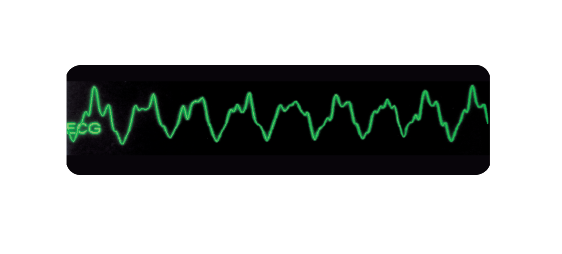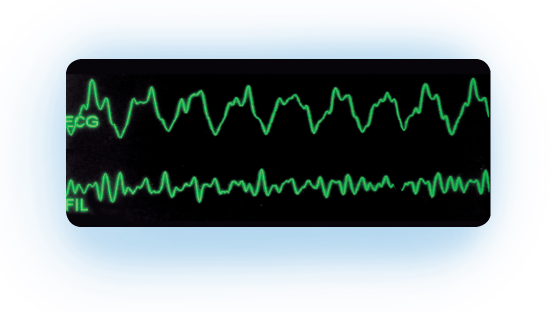
Welcome to the new era in pediatric resuscitation.
the sensor

The vast majority of pediatric arrests are due to respiratory failure.

It’s true. Most pediatric arrests are due to respiratory failure. When responding to this situation, the importance of high-quality CPR cannot be minimized.

Often, pediatric clinicians find it difficult to judge how hard they are pushing when performing CPR on a child. Has that ever happened to you?
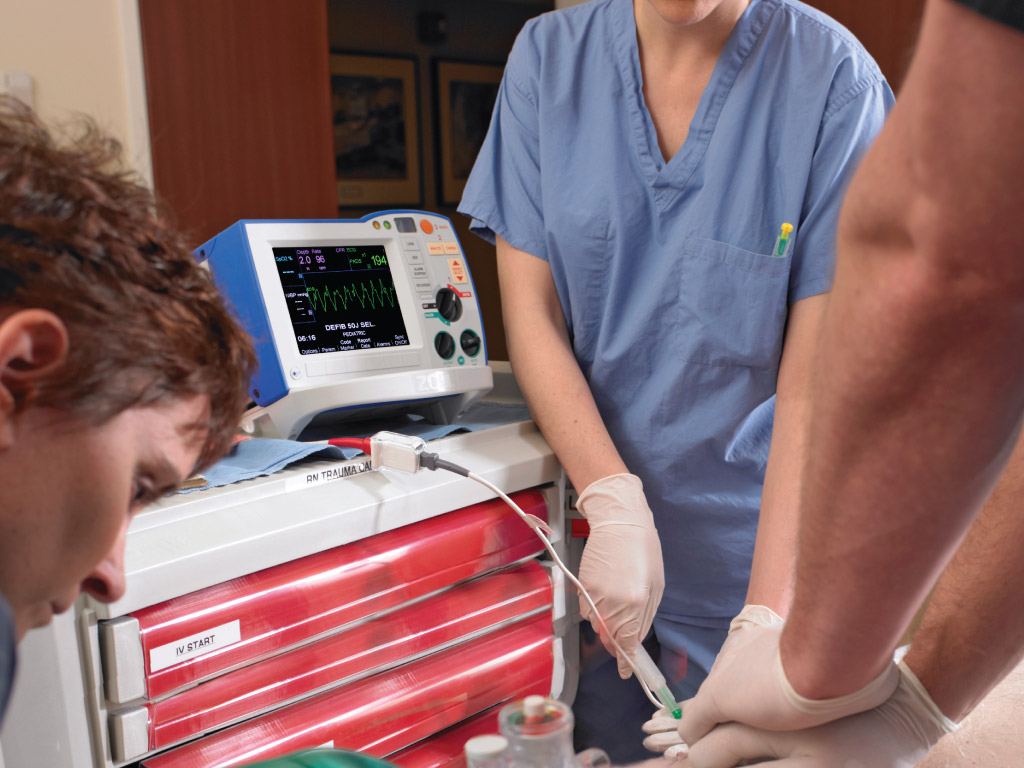
Up until now, knowing actual depth and rate of compressions was guesswork. How about a digital display on the defib screen showing the actual depth and rate of compressions delivered?

*1.5 in. = 3.8 cm

What about all the interruptions that can happen in a code?
Those affect the CPR fraction, don’t they?

With an idle timer, clinicians are always aware of CPR interruption times, enabling a greater focus on “hands-on” time.
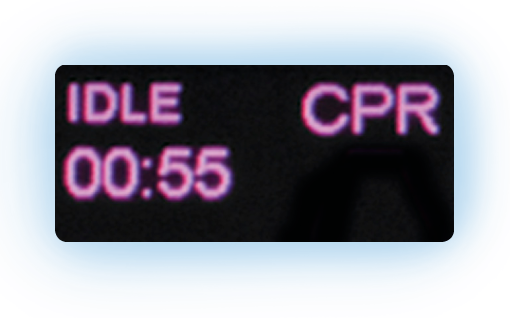

Let’s say you are the clinician doing CPR on this patient. Can you tell which underlying rhythm might be developing? Would it be helpful to see that underlying rhythm without always stopping CPR? Let’s see if we can.

With a filtered ECG signal, you can see if an organized rhythm is developing—even during CPR compressions.

One last thing. What about pediatric analysis algorithms? Pediatric ECG morphology is unique, and a defib should automatically adjust its AED analysis algorithm to pediatric settings, shouldn’t it? Let’s connect the electrode and see what happens.
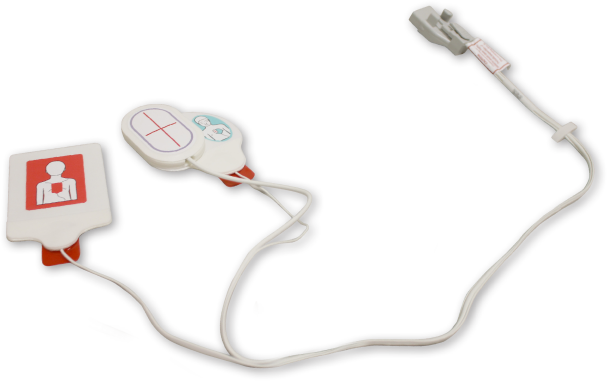

The R Series® defibrillator
with OneStep™ Pediatric
CPR Electrodes
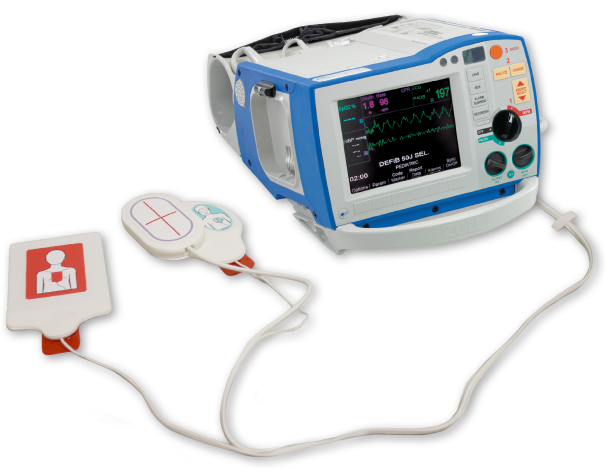

The only system designed specifically for pediatric resuscitation
- Compression depth and rate
- CPR metronome
- Idle timer
- Pediatric-specific AED algorithm
- Automatic 50 J energy setting
- See-Thru CPR®
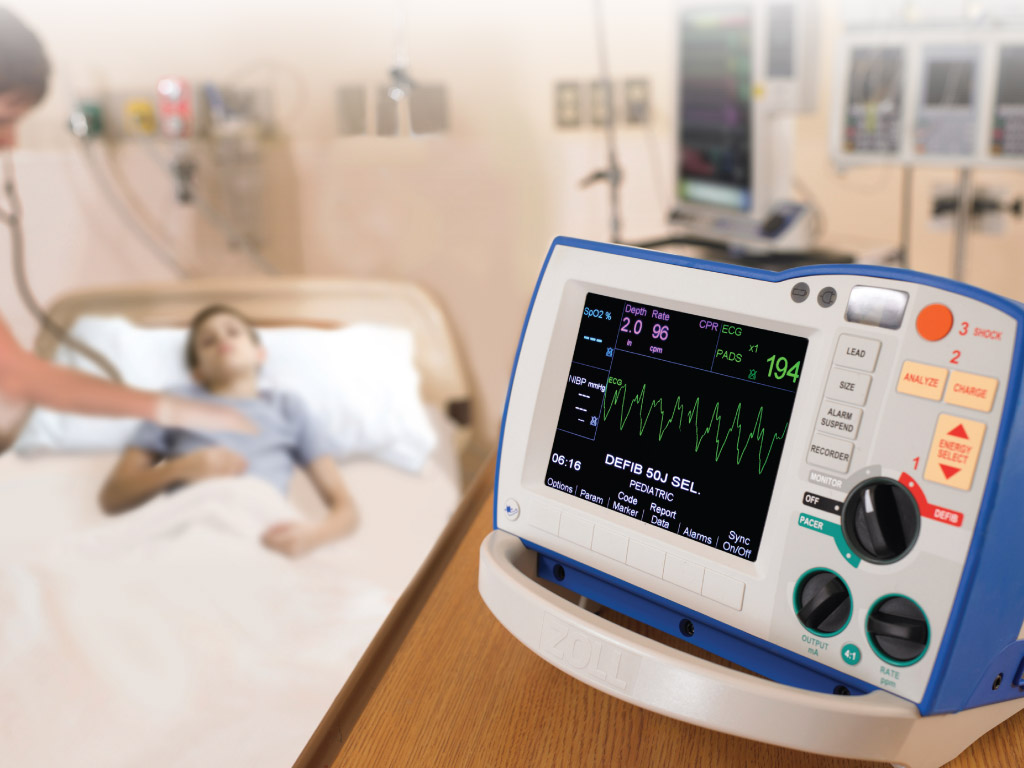
Enter the new era in pediatrics
Download the whitepaper: Pediatric Resuscitation: Because Children Are Not Just Little Adults


